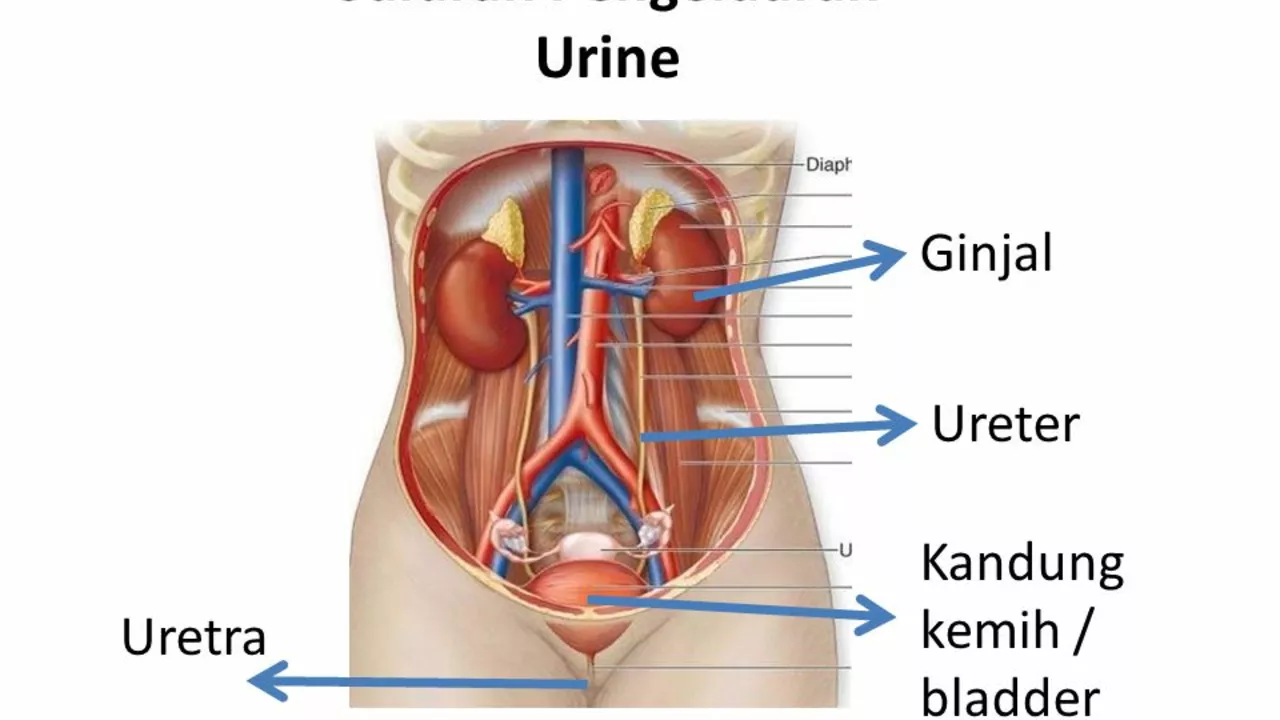Muscle Spasms: What Triggers Them and How to Stop the Pain
If you’ve ever had a sudden, tight knot in your calf or a painful twitch in your neck, you know how annoying muscle spasms can be. They strike without warning, make it hard to move, and often leave you wondering why they happen at all. The good news? Most spasms have simple causes and easy fixes that you can try right at home.
Why Do Muscle Spasms Happen?
Think of a muscle as a rubber band. When it’s stretched or over‑used, the fibers can snap into an involuntary contraction—what we call a spasm. Common culprits include:
- Dehydration. Not drinking enough water means electrolytes like potassium and magnesium get low, and those minerals help muscles relax.
- Poor posture. Sitting hunched over a desk or sleeping on an odd pillow can keep certain muscles in a shortened position, leading to tightness.
- Over‑exertion. Heavy lifting, long runs, or intense yoga without proper warm‑up can fatigue fibers and trigger cramps.
- Nutrient gaps. Low levels of calcium, potassium, magnesium, or sodium can make nerves fire randomly.
Even stress plays a role. When you’re tense, your body releases adrenaline, which can cause muscles to contract more often than needed. Identifying the trigger helps you pick the right fix.
Fast Ways to Ease a Spasm
The moment a spasm hits, try one of these quick actions:
- Stretch gently. If your calf cramps, stand near a wall and lean forward with the leg straight and foot flat on the ground. Hold for 20‑30 seconds.
- Massage the knot. Use your fingers to press into the tight spot and rub in circles. This increases blood flow and signals the muscle to relax.
- Apply heat or cold. A warm towel or heating pad helps a chronic spasm unwind, while an ice pack can reduce pain from a fresh twitch.
- Hydrate with electrolytes. Sip water mixed with a pinch of salt or drink a sports drink that contains potassium and magnesium.
If the spasm lasts more than a few minutes, keep stretching and stay hydrated. Most everyday spasms disappear within ten minutes when you combine these steps.
Preventing future spasms is all about habits. Keep a water bottle handy during workouts, add banana or leafy greens to your meals for potassium, and make time for regular stretching—especially after long periods of sitting.
A simple daily routine can cut down on cramps dramatically:
- Do 5‑minute neck and shoulder rolls each morning.
- Stretch calves, hamstrings, and lower back before bed.
- Take a short walk every hour if you work at a desk.
If spasms keep coming back despite these tricks, it might be worth checking with a doctor. Sometimes underlying conditions like nerve pinches or medication side effects need professional attention.
Bottom line: most muscle spasms are harmless and easy to treat. Stay hydrated, stretch regularly, and give tight muscles a gentle massage when they misbehave. You’ll spend less time in pain and more time doing the things you enjoy.

